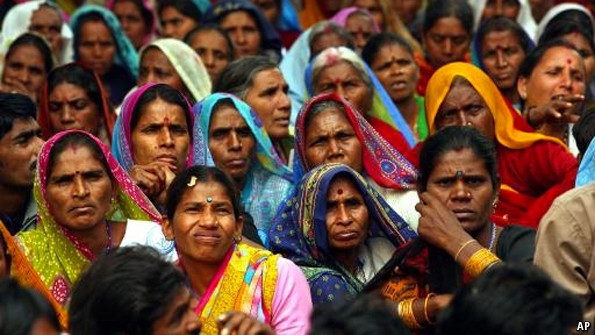
Dalits, Muslim, Shudras and Electoral System in a Representative Democracy
In Pre-independence India,
Many OBCs like Ezhava castes, Dalits women were not allowed to cover their breast.
Demographics:
Muslim – around 30 per cent
Dalits – 20 per cent
ST – 5 % assuming it as could not find data
Upper caste and OBCs – 45 per cent
Hindus claimed majority by including Dalits, upper caste, and OBCs
Bal Gangadhar Tilak, who died in 1920, never considered himself to be a Hindu. He said Brahmins came from Arctic.
Dayanand Saraswati also hated the term Hindu so much that he named his organization as Arya Samaj.
So, Hinduism adopted. Hindu Mahasabha created in 1915 and RSS created in 1925
Demand for universal suffrage by Babasaheb Ambedkar and radical politics by Dalits at national level made Shudras important for upper castes
After Independence and Partition.
Partition changed demographics
Muslim – 10 %
Dalits – 15 %
ST – 7.5 %
Upper caste – 15%
OBCs – 52 %
Universal adult suffrage as demanded by Babasaheb Ambedkar introduced in India after independence.
But by this time, the threat from Muslim elites has been averted due to partition, the threat from landlords as they got wealthy after land reform and green revolution.
Recent election BJP got 52 % seats in 31 % vote share
No political party has won 50 % or more since independence
So, as we have seen how political reforms created conducive socio-economic conditions for Shudras. Similar things can happen for Tribals, Dalits, Muslims, Pasmandas, most backwards, women etc.
We need to shift to proportional representation system i.e. seats are allocated according to vote share and 55 per cent seats are required to form a government.
This will force political parties to include these sections and will reduce discrimination.
Author – Loknath Kumar



+ There are no comments
Add yours